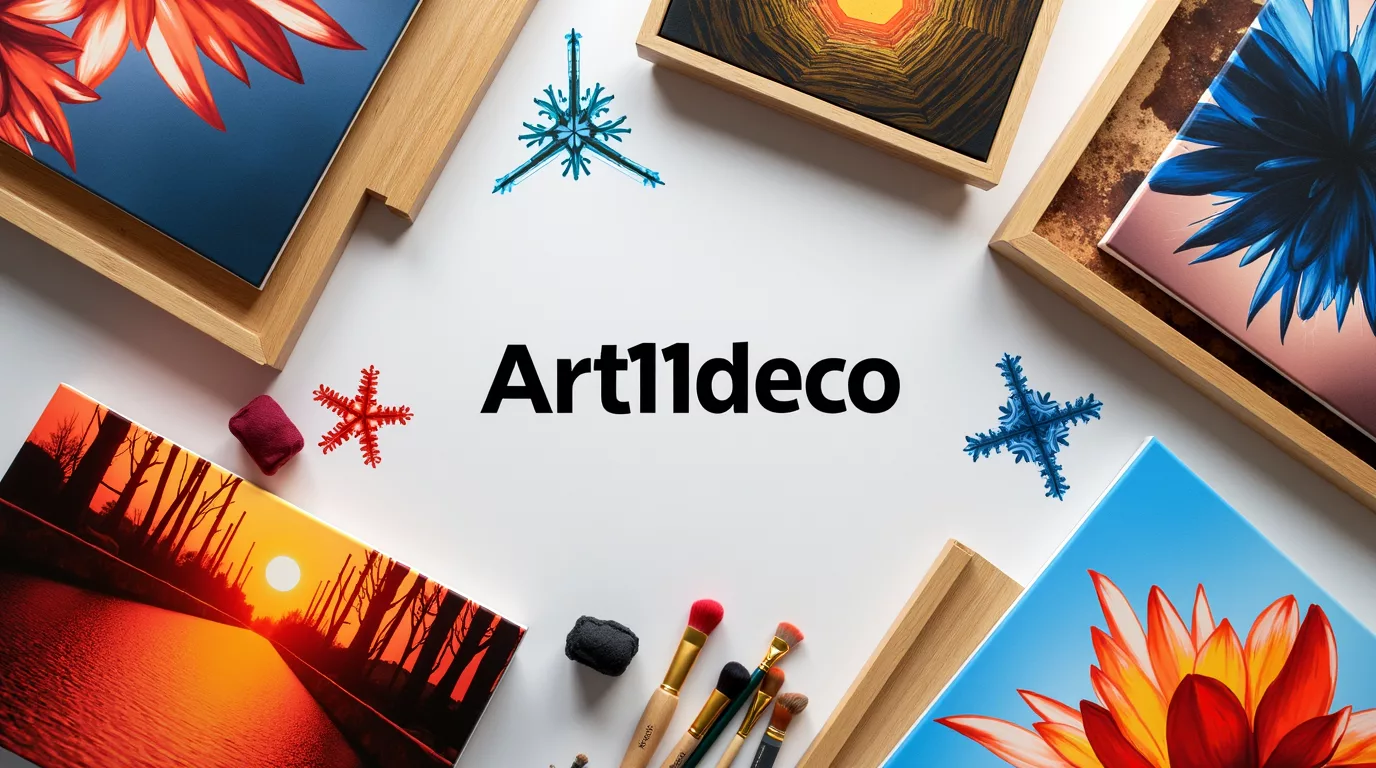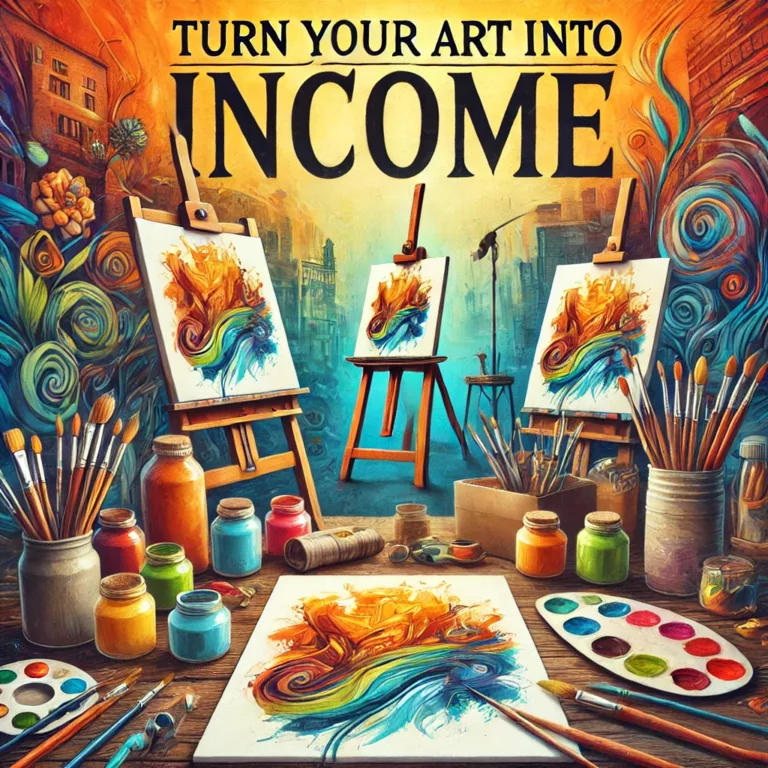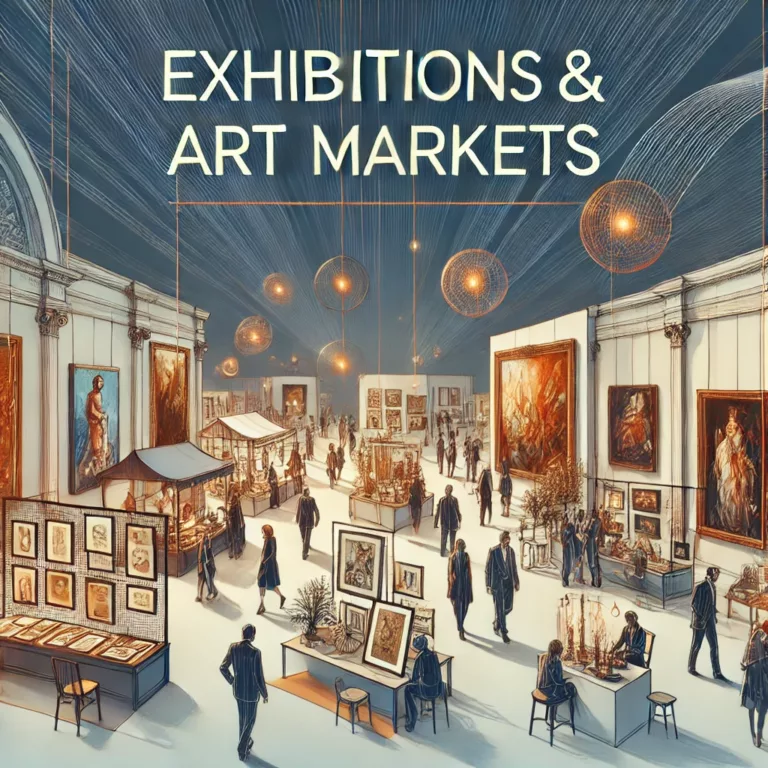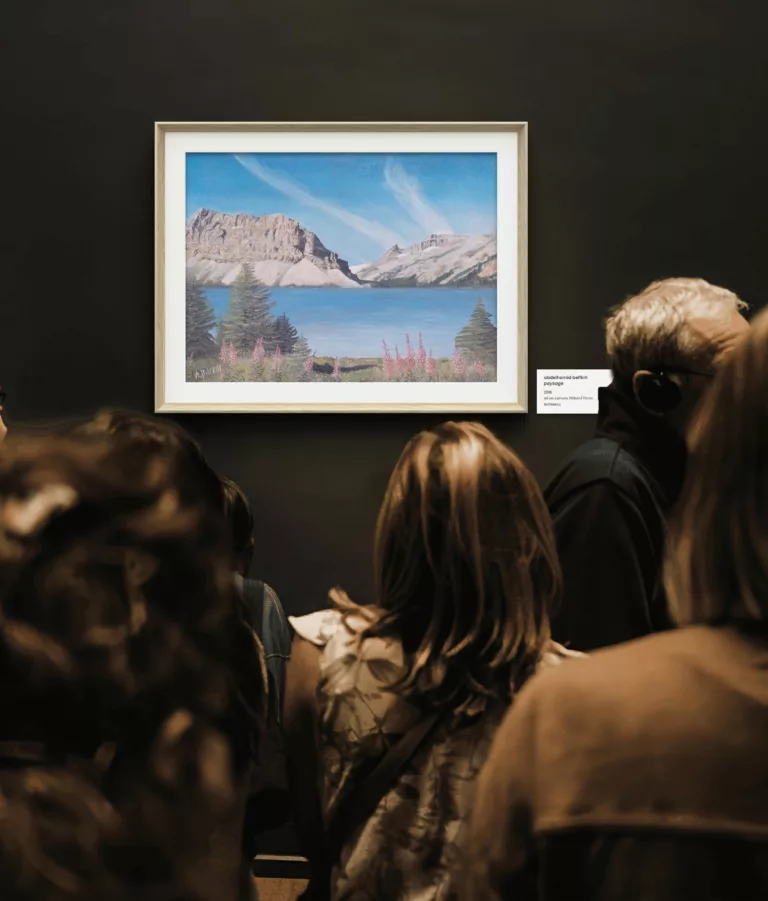Build a Powerful Art Brand
In today’s art world, creativity alone is no longer enough to guarantee success. A strong art brand is what sets successful artists apart, helping them build a clear identity, attract the right audience, and increase sales. If you want to turn your art into a distinctive brand, this comprehensive guide will take you through the essential steps to build a powerful and sustainable artistic identity.
Why Do Artists Need to Build a Brand?
Branding may seem like a concept unrelated to creativity, but in reality, every successful artist has a unique brand that sets them apart. Here are some key reasons why building your brand is essential:
1. Stand Out in a Crowded Market
The world is full of talented artists, but what makes an artist memorable is their unique identity. A strong brand helps you create a lasting impression in your audience’s minds.
2. Build a Strong Relationship with Your Audience
Having a clear identity makes it easier for people to connect with you, understand your story, and follow your artistic journey.
3. Boost Sales and Collaboration Opportunities
A well-defined brand makes your work more attractive to buyers, galleries, and potential collaborators, opening doors to exciting opportunities.
4. Ensure Long-Term Success and Sustainability
When you have a clear vision and strong identity, it becomes easier to grow and sustain your artistic career.
Step 1: Define Your Artistic Identity
1. Discover Your Unique Artistic Style
Before building a brand, you must identify the elements that make your art stand out. Ask yourself:
- What themes do I focus on in my work?
- What techniques and colors do I consistently use?
- How can I describe my artistic style in one sentence?
2. Write an Artist Statement
An artist statement is a brief description that conveys your creative philosophy and what you aim to express through your art. It should include:
- Your sources of inspiration
- The materials and techniques you use
- The message or idea behind your work
3. Craft Your Brand Story
People connect more with stories than just artwork. Make your story a part of your identity. Think about:
- How did your artistic journey begin?
- What moments shaped your vision?
- What do you want your audience to feel when they see your work?
Step 2: Build Your Visual Identity
1. Choose Consistent Colors and Design Elements
Just like businesses have specific colors and branding elements, your art brand should have a consistent visual style. Choose a color palette that matches your artistic aesthetic and use it across all your digital and print platforms.
2. Design a Memorable Logo
You don’t need a complicated logo, just something simple that reflects your artistic personality. You can use your signature or a symbol inspired by your work.
3. Maintain a Unified Visual Language
Ensure that your images and social media posts have a consistent look in terms of color, tone, and composition so that people can recognize your work instantly.
Step 3: Build a Strong Digital Presence
1. Create a Professional Website
Your website is your digital art gallery. It should include:
- A portfolio showcasing your work
- An “About Me” page sharing your artistic story
- Contact information and purchase options
- A blog to share your thoughts and artistic techniques
2. Choose the Right Social Media Platforms
Not all platforms are suitable for every artist. Here are some options based on your goals:
- Instagram: Best for showcasing artworks and engaging with your audience
- Pinterest: Ideal for artists interested in design and visual inspiration
- TikTok: Great for sharing short videos and creative processes
- LinkedIn: For connecting with art professionals and institutional buyers
- YouTube: To build an audience through tutorials and educational content
3. Create Engaging Content
Don’t just post images of your artwork. Instead, share:
- Time-lapse videos of your creative process
- Behind-the-scenes insights into your work
- Stories of your artistic challenges and successes
- Art tips and techniques
Step 4: Strengthen Your Relationship with Your Audience
1. Actively Engage with Followers
- Respond to comments and messages quickly
- Ask for audience opinions on new artworks
- Share interactive content like polls and Q&A sessions
2. Build a Loyal Community
- Create a Facebook group for your art enthusiasts
- Offer exclusive content for your email subscribers
- Organize art contests to increase engagement
3. Collaborate with Other Artists
- Work on joint projects with artists who have a similar audience
- Cross-promote each other’s work for more exposure
Step 5: Turn Your Audience into Buyers
1. Make Purchasing Easy
- Set up an easy-to-use online store
- Use direct links on social media for purchasing artworks
- Offer multiple payment options
2. Diversify Your Product Offerings
In addition to selling original artwork, consider offering:
- Limited edition signed prints
- Art merchandise like mugs and t-shirts
- Digital content such as wallpapers and online art courses
3. Use Smart Marketing Strategies
- Limited-time offers to create a sense of urgency
- Testimonials from happy customers
- Virtual art exhibitions to attract buyers
Step 6: Expand and Sustain Your Growth
1. Explore New Markets
- Showcase your work at various art exhibitions
- Look for opportunities to collaborate with interior designers and hotels
- Expand into selling digital artwork
2. Develop a Sustainable Business Model
- Create a series of works that are easy to sell
- Offer online art courses
- Utilize print-on-demand services
3. Build Professional Relationships
- Network with gallery owners and art curators
- Join local and international art communities
- Participate in artist residency programs
Conclusion: Your Brand is Your Artistic Legacy
Building a strong art brand is not just a marketing strategy—it’s an investment in your artistic future. By developing a clear identity, engaging with your audience, and leveraging digital tools, you can turn your art into a successful and sustainable business. Start applying these steps today, and watch your brand grow and thrive!
Art11deco







